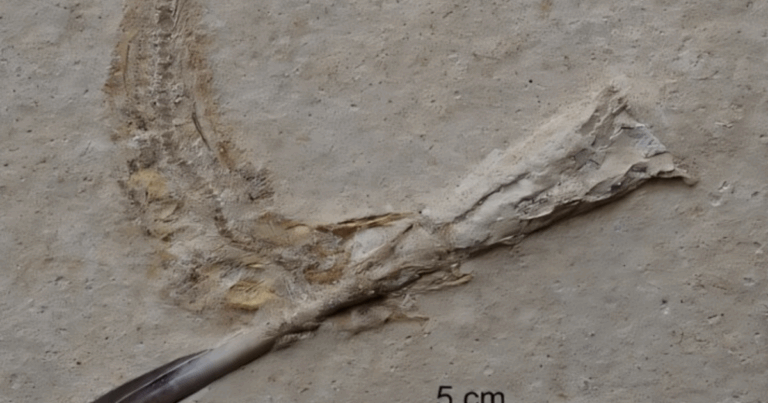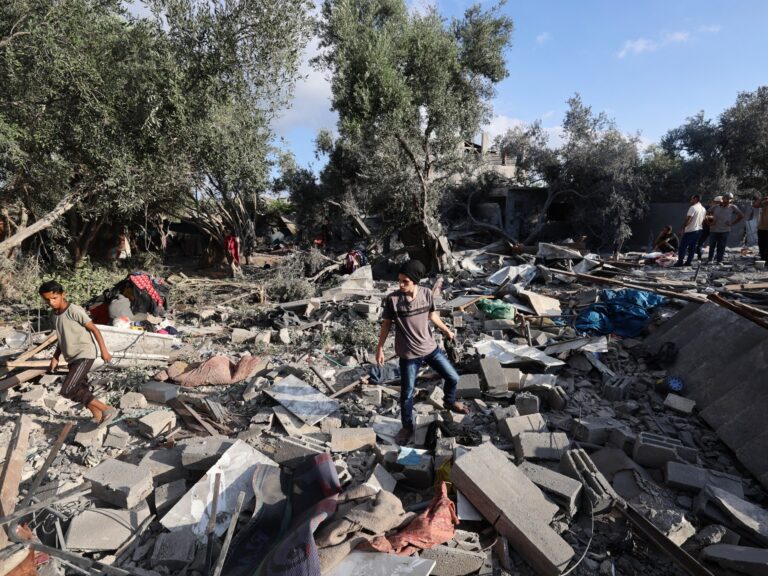Iranian President Masoud Pezeshkian was reportedly slightly injured during one of Israel’s attacks on Iran last month.
Iran’s state Fars news agency, close to the revolutionary guard, says that on 16 June, six bombs targeted both access and entry points of a secret underground facility in Tehran where Pezeshkian was attending an emergency meeting of the Supreme National Security Council.
The president is said to have suffered leg injuries as he and others escaped through an emergency shaft. Iran is now reported to be following leads of infiltration by Israeli agents.
The Fars report has not been independently verified. Israel has not publicly commented on the report.
Videos posted on social media during the 12-day war showed repeated strikes against a mountain side in north-western Tehran.
Now it has emerged that the strikes on the fourth day of war targeted a secret underground facility in Tehran where Iran’s top leaders were at the time.
The Fars news agency report says the Israeli strikes blocked all the six entry and exit points, and also the ventilation system.
The electricity to the facility was also cut off – but Pezeshkian managed to reach safety.
The Supreme National Security Council is Iran’s top decision-making body after Supreme Leader Ayatollah Ali Khamenei.
Last week, Pezeshkian accused Israel of trying to kill him – a claim denied by Israeli Defence Minister Israel Katz, who said “regime change” had not been not a goal of the war.
Israel wiped out many of top IRGC and army commanders at the very start of the war.
Iranian leaders admit they were taken completely by surprise, and there was a decision-making paralysis for at least the first 24 hours after the attack.
Israel officials admitted that Ayatollah Khamenei was also the target – but that they had lost track of him when he was moved to a secure secret location, cut off to a great extent from the outside world.
There are still many questions about how Israel had gathered critical intelligence about the whereabouts of Iran’s top officials and commanders – not to mention the locations of sensitive secret facilities.
On 13 June, Israel launched a surprise attack on nuclear and military sites in Iran, saying it acted to prevent Tehran from making nuclear weapons.
Iran – who retaliated with aerial attacks on Israel – denies seeking to develop nuclear weapons and says its enrichment of uranium is for peaceful purposes.
On 22 June, the US’s Air Force and Navy carried out air and missile strikes against three Iranian nuclear facilities.
US President Donald Trump later said the attack “obliterated” the facilities, even as some US intelligence agencies have taken a more cautious view.












